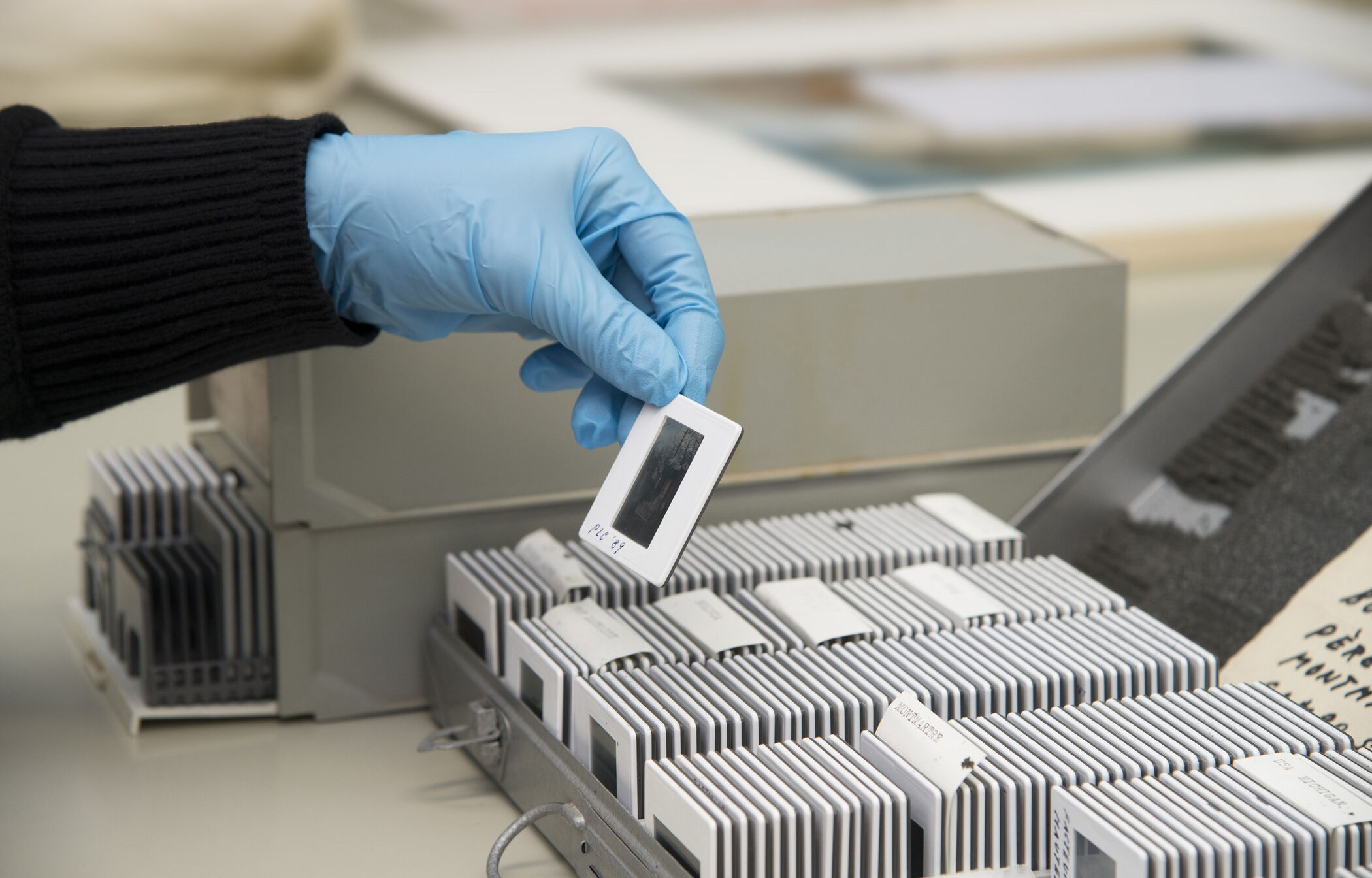Alexey Shlyk & Ben Van den Berghe
01.04.2022
29.05.2022
Backspace

In the practice of Alexey Shlyk & Ben Van den Berghe, the inspiring play between photographic image and architectural space is key. The artists combine new images and elements from previous works to continually create distinct, site-specific installations. They immerse visitors in alienating, disorienting environments using lens-based and computer-generated imaging technologies that blur the boundaries between physical and virtual realms. The ambiguous relationship between humans and technology is a recurring theme in their work.
Over the last year, Shlyk & Van den Berghe developed a modular system in collaboration with Atelier Oh to quickly and intuitively build, adapt with images, break down and reinvent model spaces. This hands-on methodology facilitates their research on the relationship between image and space. They capture their photographic and architectural experiments with scaled exhibition spaces and then edit and use these recordings in the final exhibition. The result is a continuous reinterpretation, which stimulates strong sensory perceptions.
The title Backspace refers to some of these elements. In the exhibition hall another space in the back is suggested. Does it exist or is it an illusion? Backrooms are often hiding places; they are cluttered rooms in the house and deep recesses on the internet. In addition, the ‘backspace’ key on a keyboard deletes previous characters. Repositioning the cursor means movement. Removing means reimagining all over again.
This exhibition is the result of an art commission as part of the COVID-19 grant provided by FOMU in spring 2020 in response to the coronavirus measures, which hit many photographers and artists hard. For the selection, FOMU collaborated with art and photography experts. Alexey Shlyk & Ben Van den Berghe were nominated by Eline Verstegen. Four other artists also received a FOMU grant within this framework: Hélène Amouzou, Aurélie Geurts, Mous Lamrabat, and Joud Toamah.
Whilst preparing for this exhibition, the artists were unwilling and unable to overlook the disheartening reality of the war in Ukraine. In the backspace, they added an extra element: a confrontational disruption of the show’s imaginative fiction. They hence suggest how incomprehensible and (in)accessible the conflict is, and how the ongoing onslaught lingers in the back of one’s mind.
Photo: The Lobby, 2022 © Alexey Shlyk - Ben Van den Berghe





